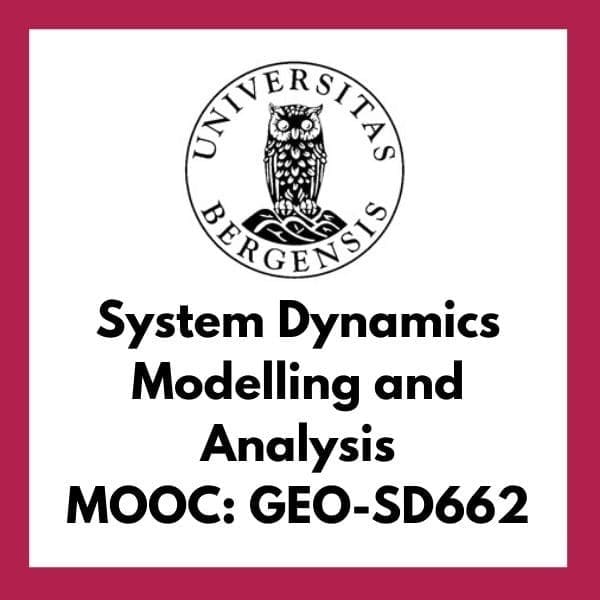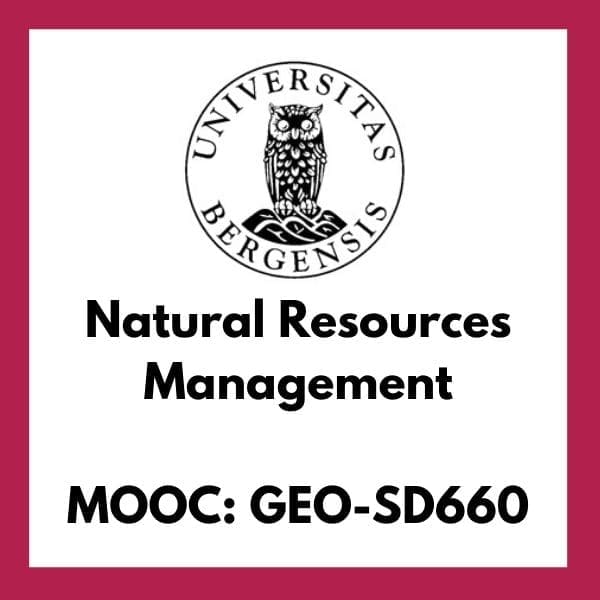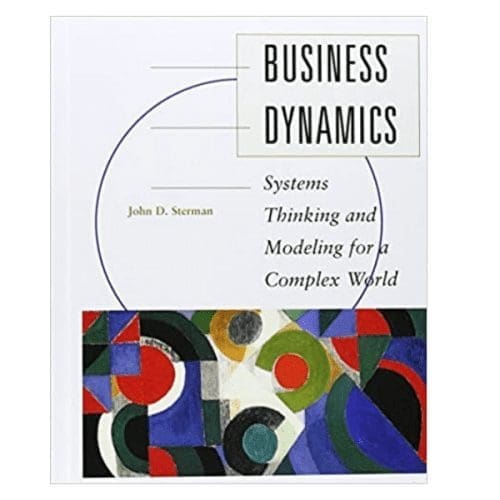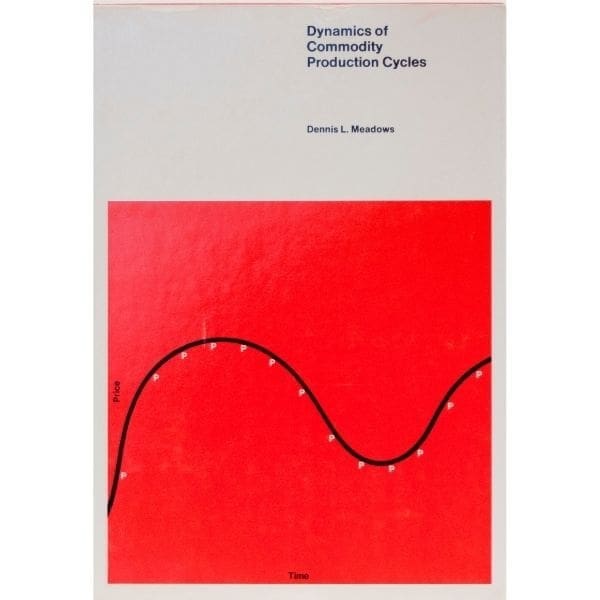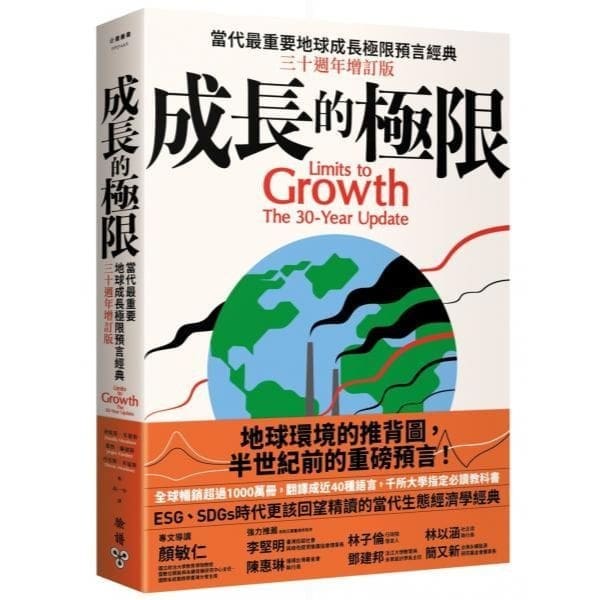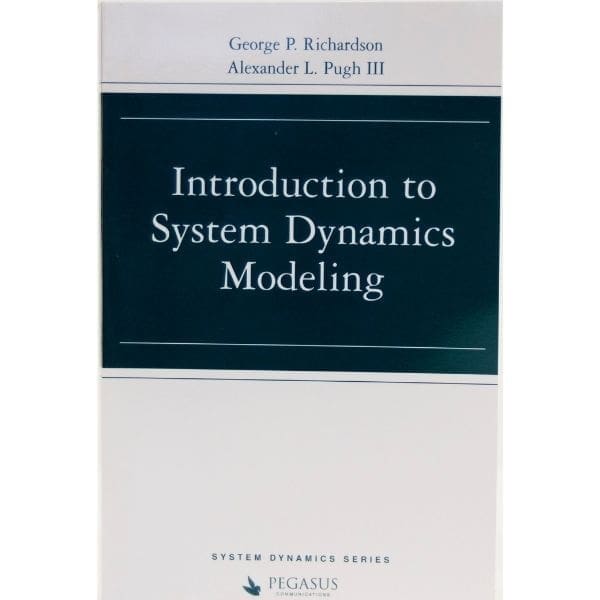FREE
System Dynamics Modelling and Analysis Course at University of Bergen.
- This free online course at University of Bergen teaches the basics of the System Dynamics method. System Dynamics helps explain how change takes place, why people misunderstand change, and why so many policies fail to solve problems. The method builds on a systems perspective where system parts influence each other and where knowledge from different fields of study are needed. Students learn to recognize typical problem behaviors of dynamic systems, exemplified by global warming, over-utilization of natural resources, epidemics, and price fluctuations. These are all problems of importance for the UN’s Sustainable Development Goals. Students learn to formulate hypotheses for why problems develop, and they learn to represent their hypotheses in simulation models and use the models to test their hypotheses. For models that give likely explanations of problem developments, students learn to formulate and test alternative policies in the very same models. At a more general level, the course gives training in applying the scientific method to socio-economic problems, it provides a common language for interdisciplinary research, and it gives training in project formulation and reporting.
Description
Do you want to learn the basics of the System Dynamics method and how this can be used to explain how change takes place, why people misunderstand change, and why so many policies fail to solve problems? Sign up for the Free Online System Dynamics Modelling and Analysis Course (GEO-SD662) at University of Bergen (Norway). Get detailed information at the University of Bergen site. Course Summary:- The System Dynamics method is a problem-oriented method. It builds on a systems perspective where “everything influences everything”. Thus, the method is interdisciplinary where knowledge from different fields is used to describe system parts, where stock and flow diagrams and models are used to describe how parts influence each other, and where simulations show how “everything influences everything” over time. “Everything” should here be interpreted to mean everything that is needed to understand a problem sufficiently well to identify successful policies.
- Students work with problems of importance for the UN's Sustainable Development Goals such as: global warming, over-utilization of natural resources, epidemics, and price fluctuations. Students learn to formulate hypotheses for why problems develop, and they learn to test their hypotheses in light of various types of data. Finally, models that give satisfactory explanations of problem developments are used to identify and test alternative policies. At a more general level, the course gives training in applying the scientific method to socio-ecological-economic problems, it provides a common language for interdisciplinary research, and it gives training in project formulation and reporting.
- The MOOC utilizes a variety of online teaching tools including: animations, videos, quizzes, interactive learning environments, and simulation models. Immediate feedback on quizzes helps students correct their understanding. Hence, quizzes make up an important part of the teaching material. The tools help you work with models without being a mathematician; although, a minimum of mathematical skills is helpful.
- The MOOC is 100 % online via the course platform Canvas. The course is taught in English, however you can activate automatic translations to other languages.
- Spring Semesters: January 10 - June 10
- Fall Semesters: July 1 - December 20
Course Professor:
Learning Outcomes:
- Express knowledge and understanding about the System Dynamics method and its relation to standard science, operations research, public administration and private management
- Apply knowledge and understanding. At the end of the course students are able to construct and analyze dynamic simulation models.
- Make judgements: students develop systems thinking skills and an intuitive understanding of the scientific method.
- Communicate: the diagramming techniques that the students learn can be seen as tools for effective communication at an intermediate level between imprecise narratives and complex mathematical models.
- Develop learning skills that lead to critical thinking and motivate analysis and learning.
Reading List:
- The MOOC contains all the information needed to do well at the exam. The textbook by John Sterman called Business Dynamics, Systems Thinking and Modeling for a Complex World is recommended but not required for the course.
Course Language:
- English
- Can activate automatic translations to multiple other languages by the use of the Immersive Reader (written and spoken)
- Stella Online (for free and supported with instructions)
- Other versions of Stella (not provided, however supported with instructions)
- Powersim and Vensim (not provided, and not supported with instructions)
- Canvas
- In the spring term 2024 the course is offered as a MOOC for self-study only; there is no exam and you will not earn any course credit. However, on the last page of the course, there is a certificate that you may print out and use for what it is worth. To reach the last page you have to go through the entire course, page by page, and assignment by assignment.
- If you are not able to finish the course within one semester, you can sign up again the next semester and start over again.
- There is an upper limit to the number of students. When the limit is reached, self-enrollment shuts down.
If you have any additional questions about the course, please reach out to the University of Bergen System Dynamics Group: advice.systdyn@uib.no and/or Professor Erling Moxnes: Erling.Moxnes@uib.no
Additional information
| Status | Regular, Full-Time Student |
|---|

